The Year Was 1989…
These folks were probably worth more than Justin Bieber.
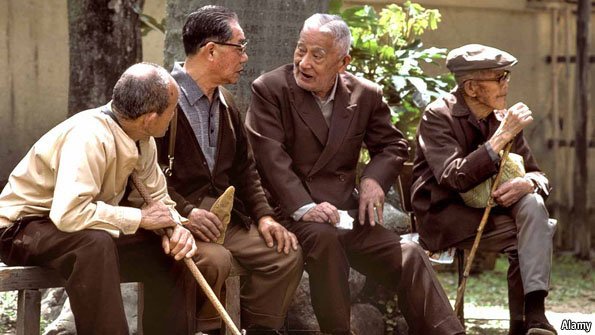
And this guy was still alive… and even though dressed like a peacock, amazingly popular.
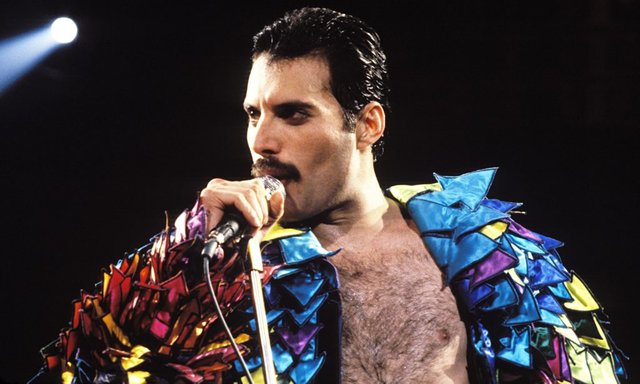
1989 was also the year the Japanese stock market topped out.
Background
Most economic crises are the result of an economic boom which leads to investors getting all giddy, bidding up assets to the point where they become completely disconnected with reality.
Japan in the 70’s and 80’s was no different. People are people, everywhere and always. Even if they do eat oodles of raw fish and seaweed.
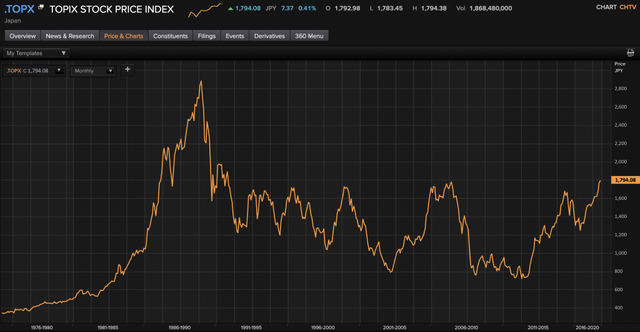
In the 70’s, after they’d nicked a lot of German ideas, Japan managed to produce the world’s second-largest gross national product (GNP) after the US. And, get this: By the late 1980s, Japan ranked first in GNP per capita worldwide.
Record-low interest rates had fuelled a stock market and real estate speculative boom that sent valuations screaming throughout the 80’s. In fact, at one point a piddly little 3-square meter piece of dirt (enough to stick a portaloo on) near the Imperial Palace sold for $600,000. The Imperial Palace itself was worth more than the entire state of California.
If it sounds crazy, it’s because it was.
Upon realizing that the bubble was unsustainable and potentially destabilising for the economy, Japan’s Finance Ministry ratcheted up interest rates to try and curb the rampant speculation. It was all far too late, and the move quickly led to a stock market implosion and debt crisis as borrowers failed to make payments on debts, many of which were backed by assets which themselves had been bid up in a speculative frenzy and now worth a whole lot less.
In the bloodbath that ensued, Japanese investors lost their shirts kimonos, and the Imperial Palace could no longer be sold to buy George Clooney’s Hollywood bathroom.
Fast forward to today and you’d be forgiven for thinking the place was about to be nuked by young Kim, who is more likely to have his shiny rocket wobble about in the sky for a bit before crashing… or not taking off properly at all.
The point is: If you were to run a poll today, you’d probably find that the the perception amongst money managers is that the only folks who’ve been buying Japanese equities, (which includes us) are ones who’ve taken a knock to the head or been dropped on their head at birth.
And that’s not all.
Bloomberg recently pointed out that less than 10% of Japanese households own any equities. That’s basically none. Zero. Zilch. Nada.
Marginal buyers
Which brings me neatly to another much loved thesis of mine. It was Mark Twain who said:
“Courage is not the absence of fear; it is acting in spite of it.”
Well, I say, risk is not the absence of consensus; it is the deafening roar of it.
So what’s the risk today? Well, risk is highest when your pool of marginal buyers are the smallest, and consequently the lowest when your pool of marginal buyers the greatest.
I always look for markets where marginal buyers are either exhausted (none left, everybody is already in) or they’re sitting there at the train station watching the rain, just waiting for a reason to board the next train.
Bad News… Pffff
Something else.
I’ve always looked at turning points in markets and one of the best signs of a stealth bull market I’ve ever seen is a market which continues to rally on bad news.
And there’s been a fair bit of that in the land of the rising sun.
Toshiba — Japan’s answer to Enron:
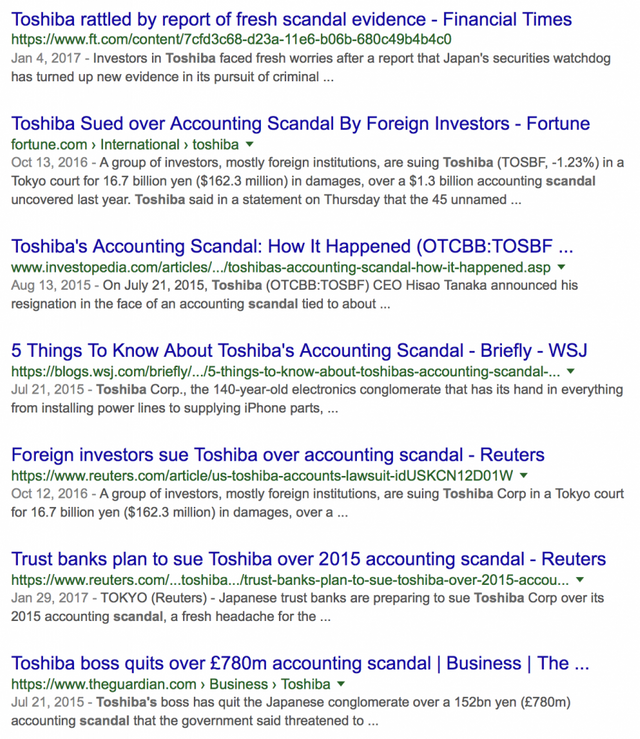
Mitsubishi, after admitting to falsifying fuel efficiency data. Naughty, naughty!
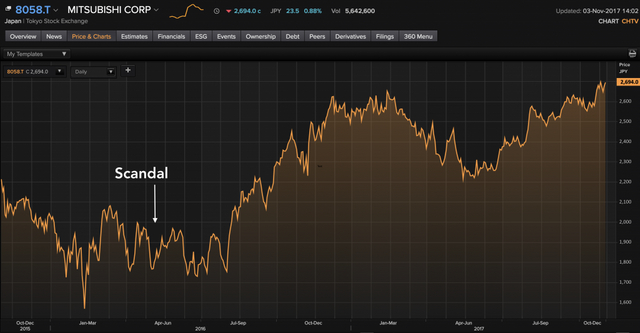
Kobe Steel with their own scandal. Very naughty!
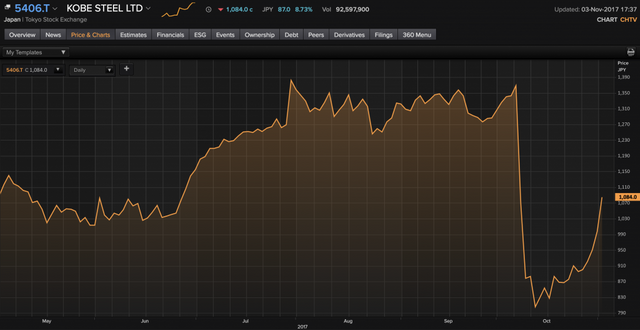
These follow scandals at Nissan, Toyota, and Takata Corp.
And the market? Rallying.
Who Leads?
Another thing I look at is small caps. Why?
Because small caps are like Mahatma Gandhi — they’re natural leaders.
Here’s the small caps:
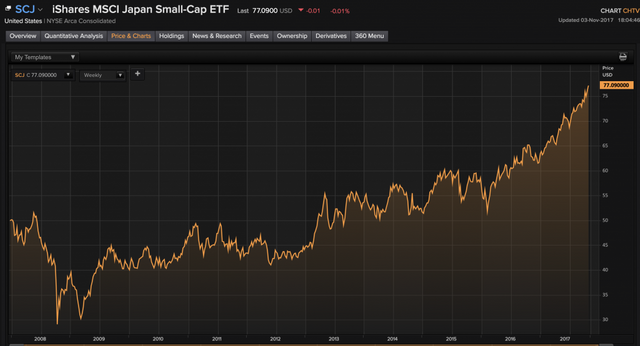
One word. En fuego! (Ok, I lied… 2 words).
Not only that. They actually make money and pay shareholders. How unique!
In fact, if like me you’re on the lookout for stuff like this you’ll realise that this market actually got cheaper over the last decade…while it’s gone up. How so?
Dividends grew faster (97.5%) than prices (29.2%), so on a price-to-dividend basis they’re even cheaper today… all the while we’ve been making money.
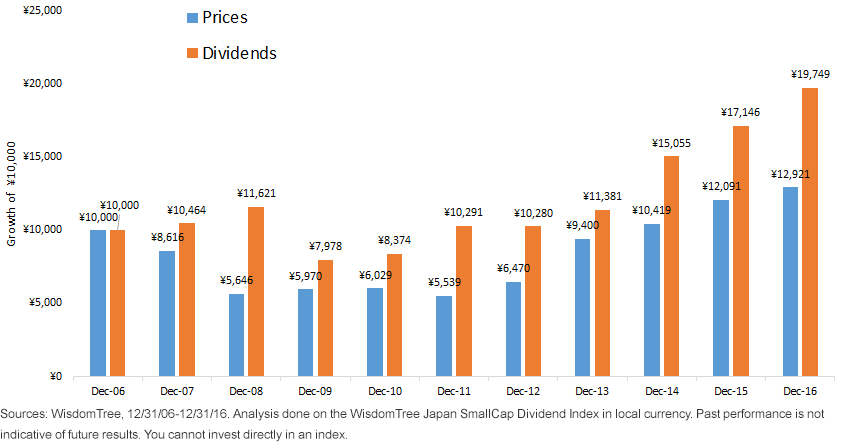
And for you technical geeks out there, here’s something to chew on.
The Nikkei 225 just broke a key 38.2 percent Fibonacci-retracement level. The next retracement of 50% stands at 22,981.49. Today, as I write this we trade at 22,539. Mmmm
So marginal buyers are large. Bad news is being bought not sold. Technicals couldn’t be better. Companies actually make money. And today you could buy much of the Japanese banking industry if you were to liquidate Elon’s vanity project that incidentally incinerates cash and uses funky math.
Your choice…
– Chris
PS: We’ve been all over this like a fat kid on a cupcake for the last 12 months in Insider. You’re always welcome to join us.
“Bull markets are born on pessimism, grow on skepticism, mature on optimism, and die on euphoria.” – John Templeton
